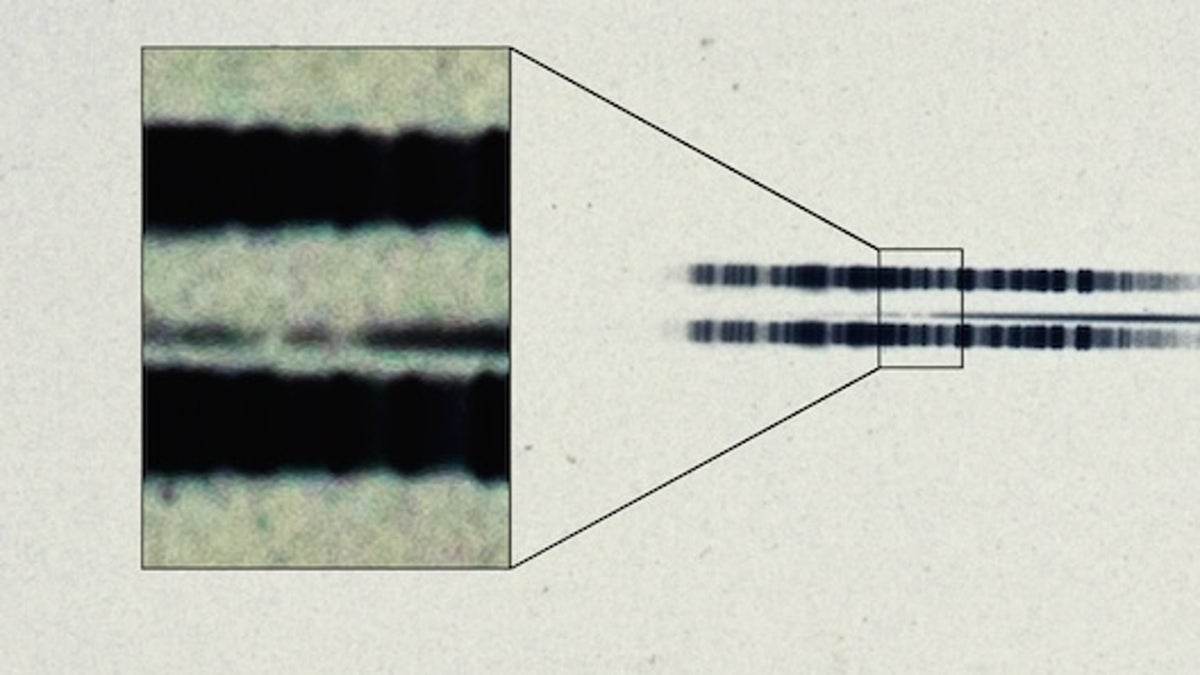
The 1917 photographic plate spectrum of the star from the Carnegie Observatories' archive (Carnegie Institution for Science).
Scientists have found the oldest-known manmade evidence of an exoplanetary system— and it’s been sitting in a basement for almost a century on a piece of glass.
In 1917 at the Mount Wilson Observatory in California, an astronomer used a 60-inch telescope to record data from a star now known to be a white dwarf. In the pre-digital era, scientists used glass photographic plates to record elemental information about the stars they observed.
They didn’t know it at the time, but that old form of technology contained telltale clues that that star once probably had planetary bodies or asteroids around it.
Related: Exploding stars leave radioactive clues beneath Earth's oceans
Nearly a century later, a scientist named Jay Farihi, of University College London, reached out to the current director of the Carnegie Observatories, John Mulchaey, and asked for that specific photographic plate. Luckily, an archivist was able to locate it among the quarter million or so plates the observatory has in its basement.
Sure enough, the spectrum captured on that plate long ago revealed the presence of calcium and other heavy elements that a white dwarf star wouldn’t have had— implying that planetary bodies, asteroids, or maybe even a comet fell into it.
“Likely this system had multiple planets,” Mulchaey told FoxNews.com. “We don’t know what fell in. But it certainly implies that there were planets there.”
Related: 'Bone scars' reveal the varied growth of dinosaur cousins
Scientists now refer to this kind of star as a “polluted white dwarf.”
It’s the evidence of the calcium captured with the old technology that made this inference possible. “This is not just a tiny little bit of calcium,” Mulchaey said. “This is a pretty significant detection— I mean, we’re seeing this in data that’s 99 years old.”
The star, a white dwarf, is what happens when a star begins to die and only the inner core is left. In billions of years, our Sun will do the same.
Related: Archaeologists discover rare incense shovel in Israel
“We certainly had the technology to detect this evidence of this planetary system almost a hundred years ago,” Mulchaey added— it was only when the old data was analyzed in the current day, with its vastly better scientific understanding, that its true meaning was illuminated.
